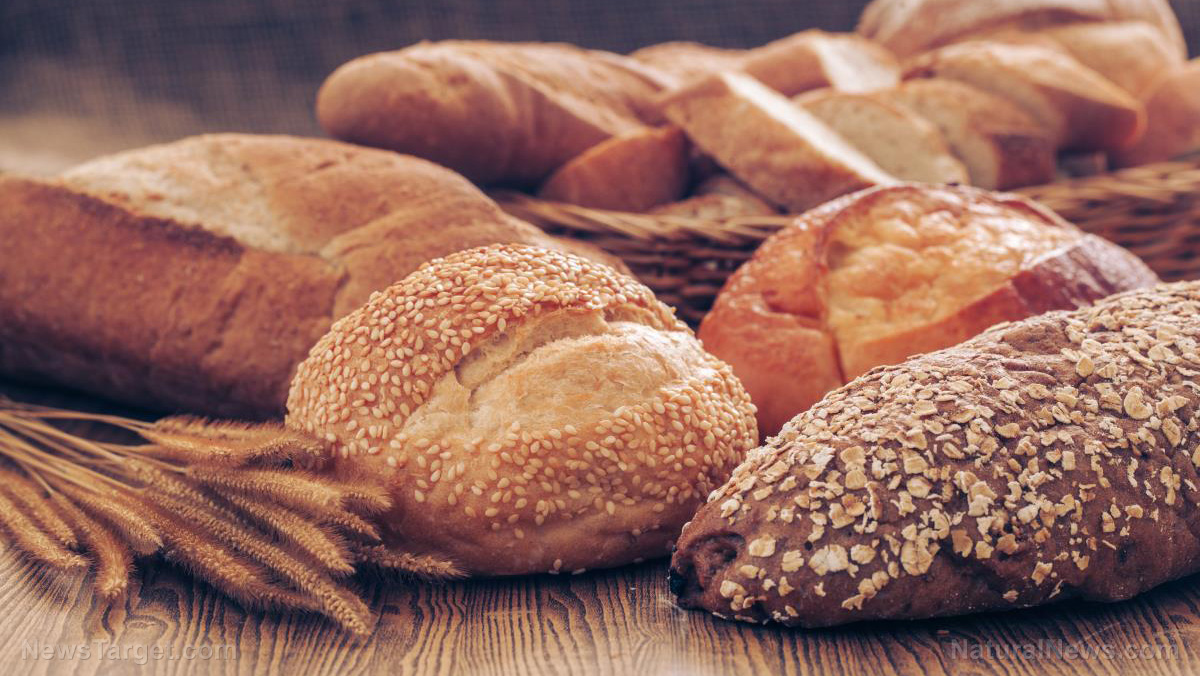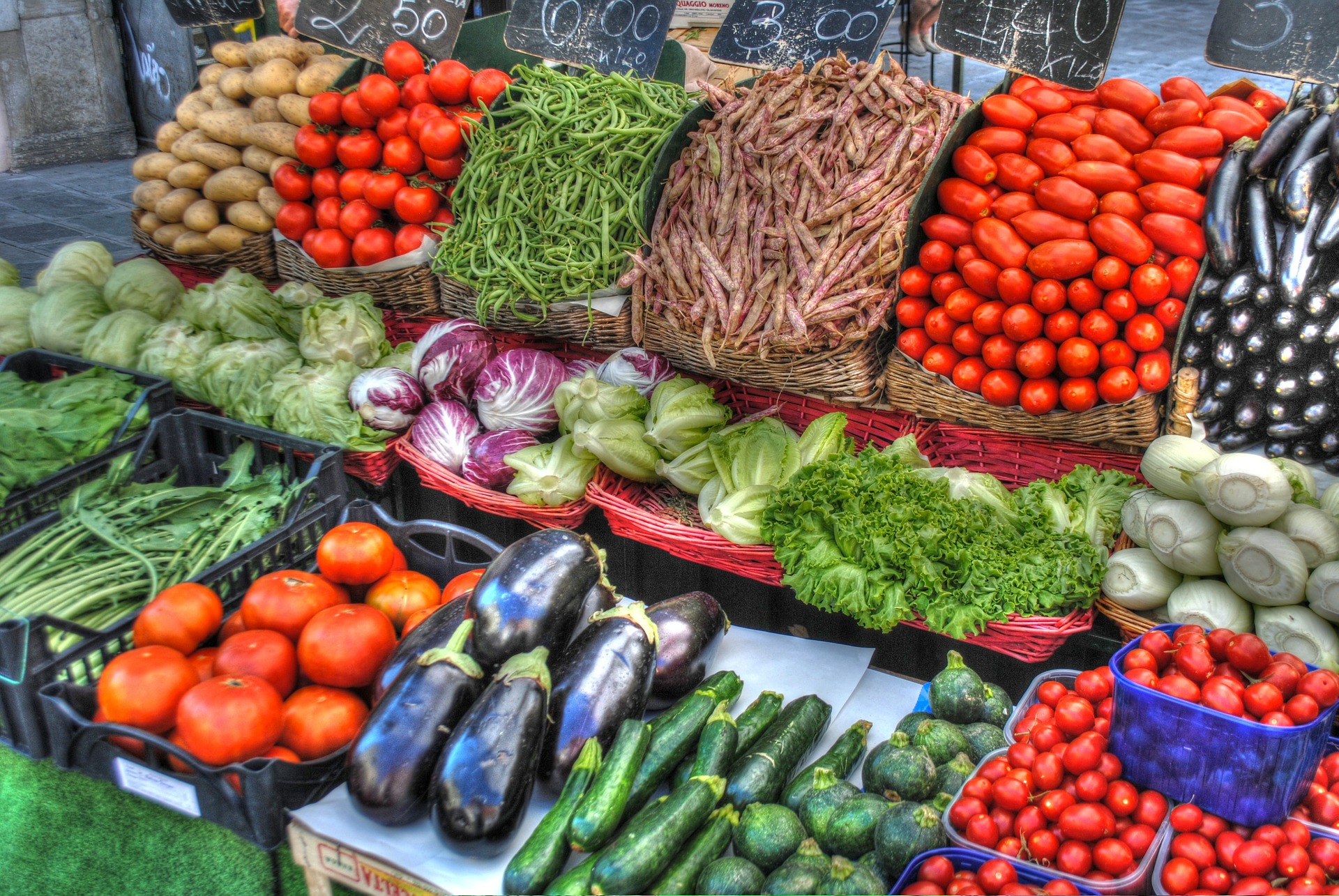
Advertisement
Our planet is drowning in plastic and the pollution it causes. This once useful material is now literally everywhere, surrounding us at work, in our homes, at school and at parks, lakes and beaches.
Nobody could have predicted when Leo Baekeland created the world’s first fully synthetic resin-based plastic product back in 1907 that within just a few decades the Earth and its oceans would be covered in this material. The problem is that while plastic slowly breaks down into smaller pieces, it never biodegrades, and can therefore never be converted by living organisms into life-sustaining useful compounds.
All those tiny bits of plastic have to go somewhere, of course, and the vast majority eventually makes its way from the landfill to the nearest waterway, and from there to the ocean. In fact, experts warn that by 2050 there will likely be more plastic than fish in our oceans.
Despite global efforts at driving plastic awareness and encouraging recycling, plastic pollution continues to grow at an alarming rate. But there might be a solution: Veronika Bátori, who recently received her doctorate in Resource Recovery from the University of Borås, Sweden, has come up with a simple, but ingenious way to turn fruit waste into edible bioplastic.
Her method solves two problems: Eliminating the need for synthetic, indestructible plastic, and disposing of fruits which are high in water and organic matter and therefore create uncontrolled methane production when dumped in landfills. (Related: Plastic: The epitome of a disposable society.)
Two birds with one stone
In her thesis, entitled Fruit wastes to biomaterials: Development of biofilms and 3D objects in a circular economy system, Bátori investigated two different ways to turn fruit waste from apples and oranges into edible bioplastic.
She chose these two fruits because, in addition to creating high levels of methane production, they are notoriously hard to burn and cannot be used as animal feed because of their low pH levels and high sugar content.
A press release by the University of Borås provides more information about the methods Bátori used to create her bioplastic products:
She used two methods to create bioplastics. One is called the solution casting method, which she describes as a polymeric solution casted on a non-sticky surface that then dries to a thin bio-based film.
The other is called compression molding which is a way to use the polymers’ self-binding properties through pressure and heat to create 3D objects.
With regard to the results of her research, Bátori noted, “The materials behaved differently in the different methods. Orange waste films were stronger than apple pomace films, but small holes were present in their structure. To get a uniformed surface, we needed to add a chemical with a low concentration. 3D objects from apple pomace, on the other hand, were much stronger than the ones made from orange waste. Apple pomace in both cases seemed easier to work with.”
Bátori concluded that the products made from the apple pomace tasted better, but irrespective of the fruit waste used, all the products could be produced at fairly low temperatures and with the addition of only very small amounts of chemicals. They are also naturally gluten-free. (Related: All our bodies are filled with plastic.)
More work needs to be done to perfect the products as they currently dissolve in water. In time, however, Bátori hopes to use her breakthrough technology to create 3D mugs, plates and other objects, as well as to produce “plastic” films for use in food packaging and as bags for food waste.
Learn more about threats to our environment at Environ.news.
Sources for this article include:
Advertisements







